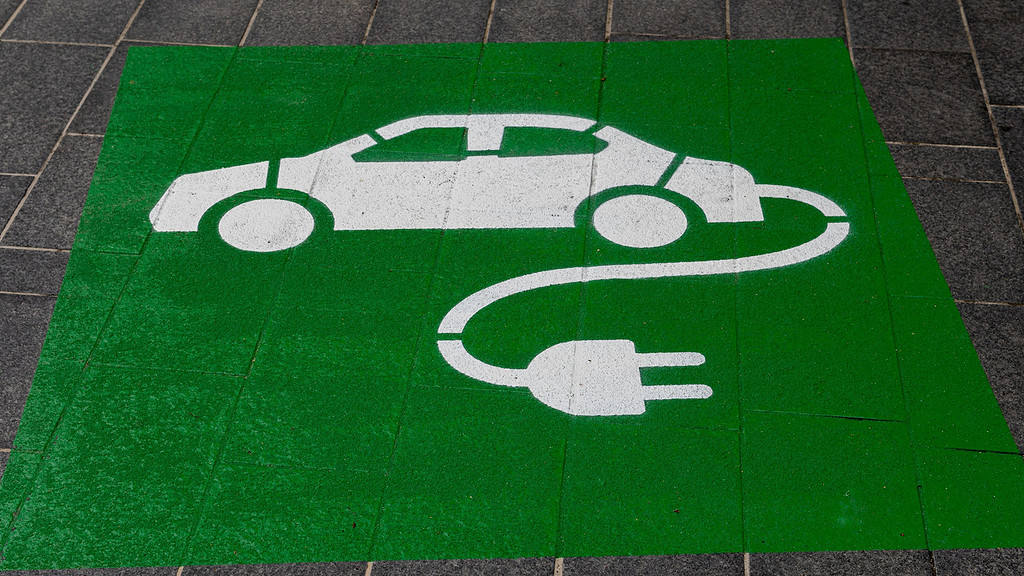Electric vehicles are good for the environment and your pocket in the long run, but do you know some EVs can also work as power backup devices for your homes in times of blackouts and can even be life-saving during emergencies?
On Christmas Day, a mother in Australia used her EV to supply power to her son’s dialysis machine during a blackout caused by a storm and flash flooding. Without the EV, her son could have faced life-threatening circumstances, necessitating a risky trip to Brisbane during the storm.

EVs provide benefits that petrol vehicles can’t match
Kristy Holmes is an inhabitant of south Queensland in Australia. She lives with her husband and 11-year-old son Levy who is awaiting a kidney transplant and requires regular dialysis.
On Christmas, flash flooding and storms hit their region, resulting in a blackout. Levy was due for dialysis the same night, but there was no power in their area.
Kristy who had previously used her BYD Atto 3 electric car (a Chinese EV) to power their home appliances and heat mulled wine, had no other choice than using her car’s batteries to power her son’s dialysis machine.
“We ran it (the dialysis machine) off the car. We only needed to use it for one night. We could have run it for at least four nights. It’s the most amazing car I’ve ever owned. Now it’s been able to save my son during a storm, I don’t think I’ll ever go back to a petrol car again,” Holmes told The Guardian.
This isn’t just theoretical; real-life examples illustrate the impact of EVs in emergencies.
EVs can help in a number of ways
While Kristy employed her EV to help her son during an emergency, some people are using their EVs to help out others.
Matt McLaughlin, a chemistry teacher and an EV owner in the Bonogin locality in Queensland, let other people draw out power from his car in times of need.
“If anyone needs electricity briefly. To open gates, pump out biocycle, etc. As long as it’s on a 3-pin 10A plug, I can help out,” McLaughlin said.
Not every electric vehicle can be used for powering appliances and medical devices. Kristy was able to use her BYD Atto 3 to power her son’s dialysis machine during the blackout because this car comes with a special feature called vehicle-to-load (V2L) charging.
Ford F-150, Nissan Leaf, and the newly launched Tesla Cybertruck and Tata Nexon EV are among the few EVs that also offer this feature.
Any vehicle that has V2L comes with bidirectional charging capabilities, meaning that apart from using the energy in their batteries to meet their own power demands, a V2L-equipped electric vehicle can also charge external electronic devices including other EVs.
Electric cars as a backup source
EV experts and manufacturers believe that bidirectional charging could emerge as a significant backup energy source, especially in times of natural disasters and long blackouts.
For instance, in September 2022 when Florida was hit by Hurricane Ian, residents had to face power cuts for days. Many truck drivers at that time used their F-150 electric trucks to power their homes and cook their meals.
In the future, bidirectional charging could not only allow EVs to power individual homes but also support power grids during hurricanes, heat waves, or when there is high-electricity demand.
“There’s a value stack in EV batteries: supporting the grid, serving as backup power for your home, and also reducing greenhouse-gas emissions,” Paul Doherty, a representative of the Pacific Gas & Electric Company (PG&E), told Insider.









